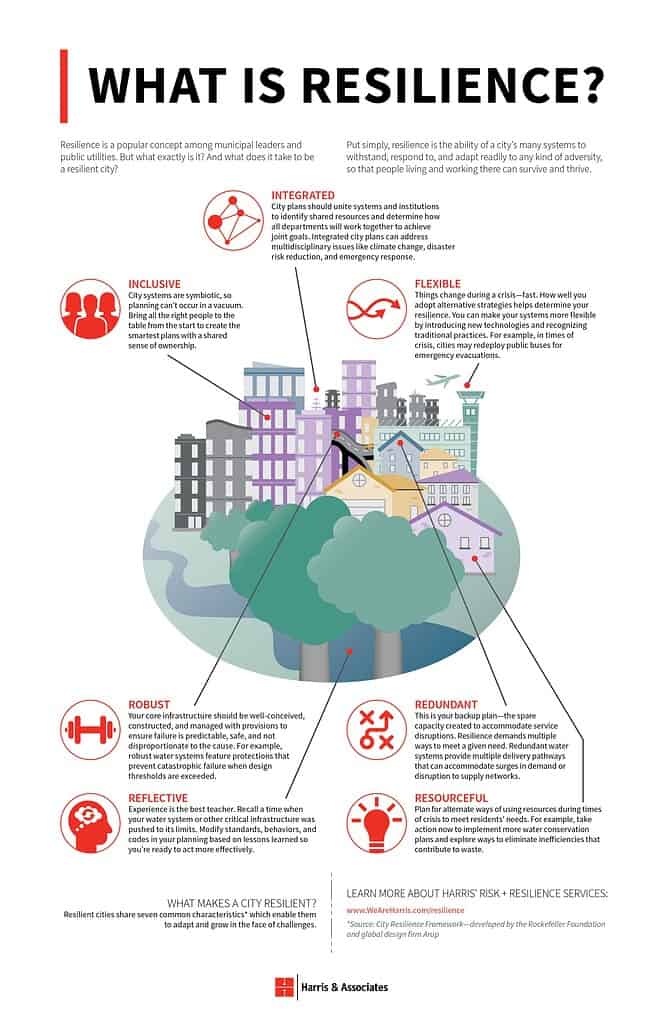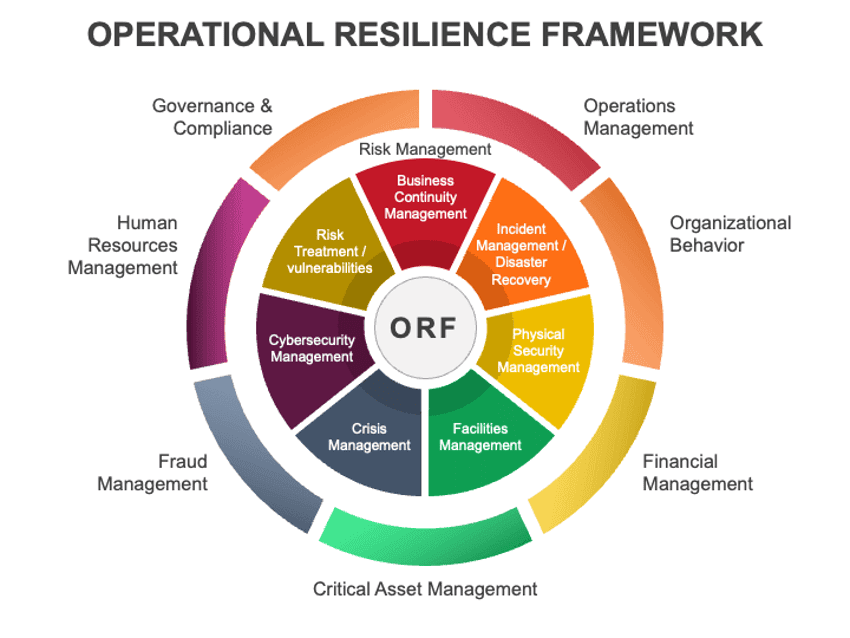Blog de Project Management PMP, Risk, Primavera » Building Resilient Projects: Beyond Risk Management

Traditionally, when we talk about building high-performing teams and creating “safe” project environments, the focus has been on minimizing threats through rigorous risk management. The belief has long been that by identifying potential risks early and investing time and resources, we can eliminate threats and avoid their negative consequences.
However, in the real world, things happen.
As sociologist Charles Perrow proposed in his Normal Accident Theory (NAT), “accidents are inevitable in complex, tightly coupled systems, regardless of safety measures, because unforeseen interactions of multiple failures are likely to occur.” In other words, no matter how well we plan, risks will materialize—and even unimagined scenarios will emerge.
Resilience in Project Management
If we accept that our projects will inevitably face setbacks, our best response is preparedness—especially on the human side. When teams are well-aligned, motivated, and collaborative, their reaction to challenges is proactive, solution-oriented, and often innovative. They take ownership of the problem and work together to overcome it.
Resilience, as defined by the dictionary, is “the capacity to withstand or recover quickly from difficulties; toughness.”
And this is exactly what we need in project environments—resilient teams within resilient organizations that support resilient projects.

The concept of Business Continuity is becoming increasingly relevant, applying this mindset not only to projects but also to ongoing operations and enterprise strategy. As a matter of fact there are great frameworks like the one shown below.

How to Build Resilience in Projects
From my experience, resilience isn’t a one-time solution or a checklist item. It’s a continuous effort that must permeate every aspect of project delivery—from team dynamics and systems to processes and goal setting.
Here are several key principles to strengthen project resilience:
1. Risk Management as a Culture
Start by embedding a proactive and customized risk management approach tailored to the project and organization. This sets the tone for anticipation over reaction and helps identify potential threats, laying the groundwork for effective contingency planning.
2. Contingency Planning
Develop well-structured contingency plans for high-impact risks. These plans should include predefined resources, response actions, and the escalation strategy. In complex scenarios, you may even need Plan B for your contingency plans—a backup for your backup—to ensure layered readiness.
3. Scenario Planning
Visualizing and simulating potential threat combinations allows your team to prepare for a range of outcomes. Scenario-based planning reduces the “shock factor” and enhances the speed and quality of decision-making during high-pressure moments.
4. Issue Management Strategy
When risks turn into real problems, a defined issue management process is paramont and should be activated. Clear governance structures and escalation —communicated and agreed upon in advance—ensure swift, coordinated action across the project and client ecosystem. Reduce uncertainty by designing and integrating issue handling protocols with your communication plan.
5. Team Attitude and Crisis Readiness
Resilience lives in people. If your team is not prepared to face crises, lacks trust, or isn’t aligned with shared goals, even the best systems and tools will fall short. A motivated, cohesive team that collaborates effectively can overcome challenges—even without formal planning. Culture beats structure in moments of truth.
6. Team Composition and the “T-Shaped” Profile
Build teams with a mix of deep technical expertise (vertical) and broad interpersonal and adaptive skills (horizontal)—the “T-profile”. Include Subject Matter Experts (SMEs) who understand the sector and organizational dynamics. Their prior experience will help the team navigate similar crisis patterns with confidence.
7. Knowledge Management and Lessons Learned
Capture and share lessons learned across the organization. While hindsight doesn’t prevent problems from reoccurring, documented knowledge greatly improves your team’s ability to respond. Leverage past experiences as a resilience asset.
Final Thoughts
Yes, we want teams that scan the horizon, anticipate risks, and develop robust plans. But we must accept that not everything is controllable. External factors will impact our projects—some beyond our reach.
That’s why project resilience must be seen as a strategic imperative, fully integrated with the organization’s broader resilience and business continuity strategies.
A resilient project isn’t one that avoids problems—it’s one that adapts, recovers, and emerges stronger.